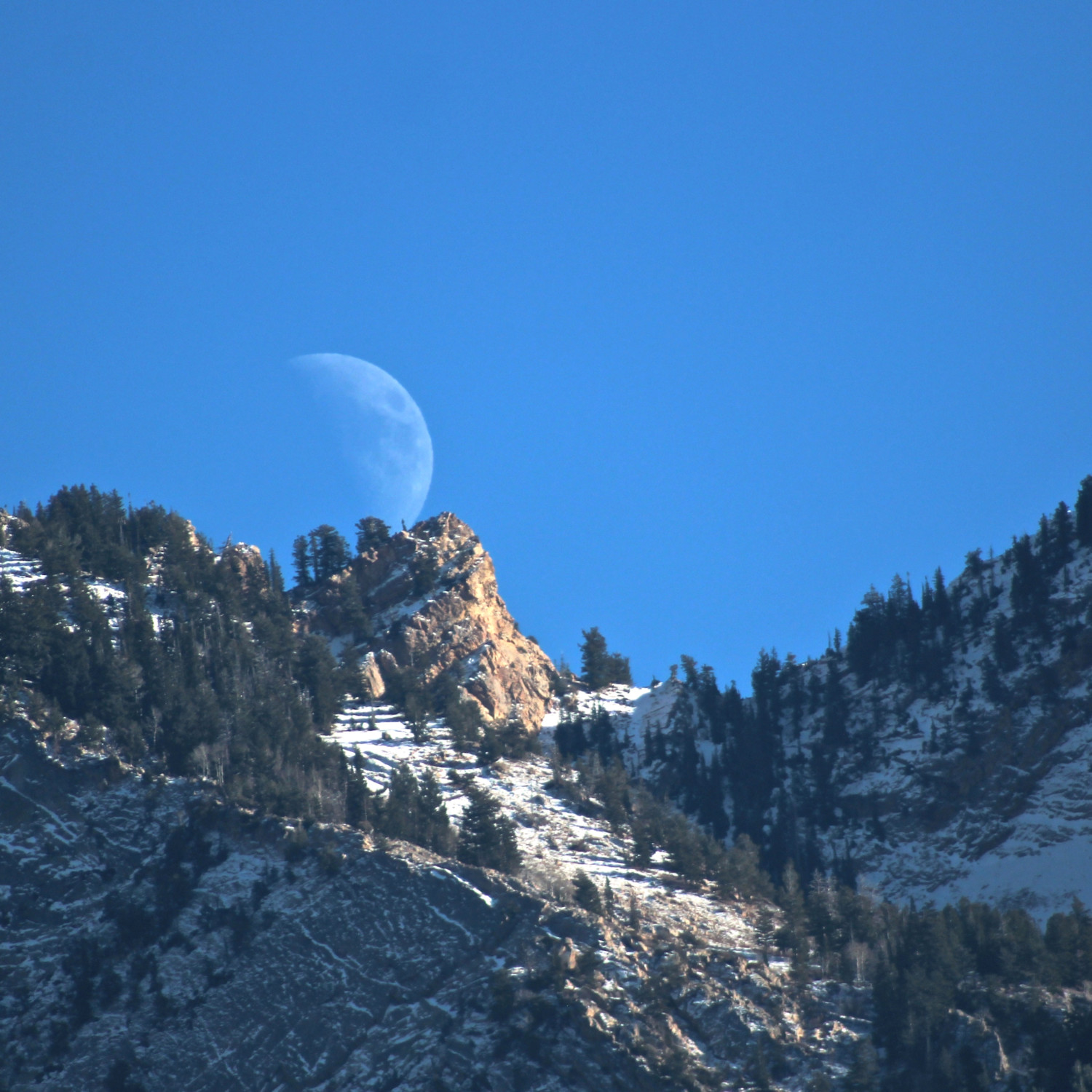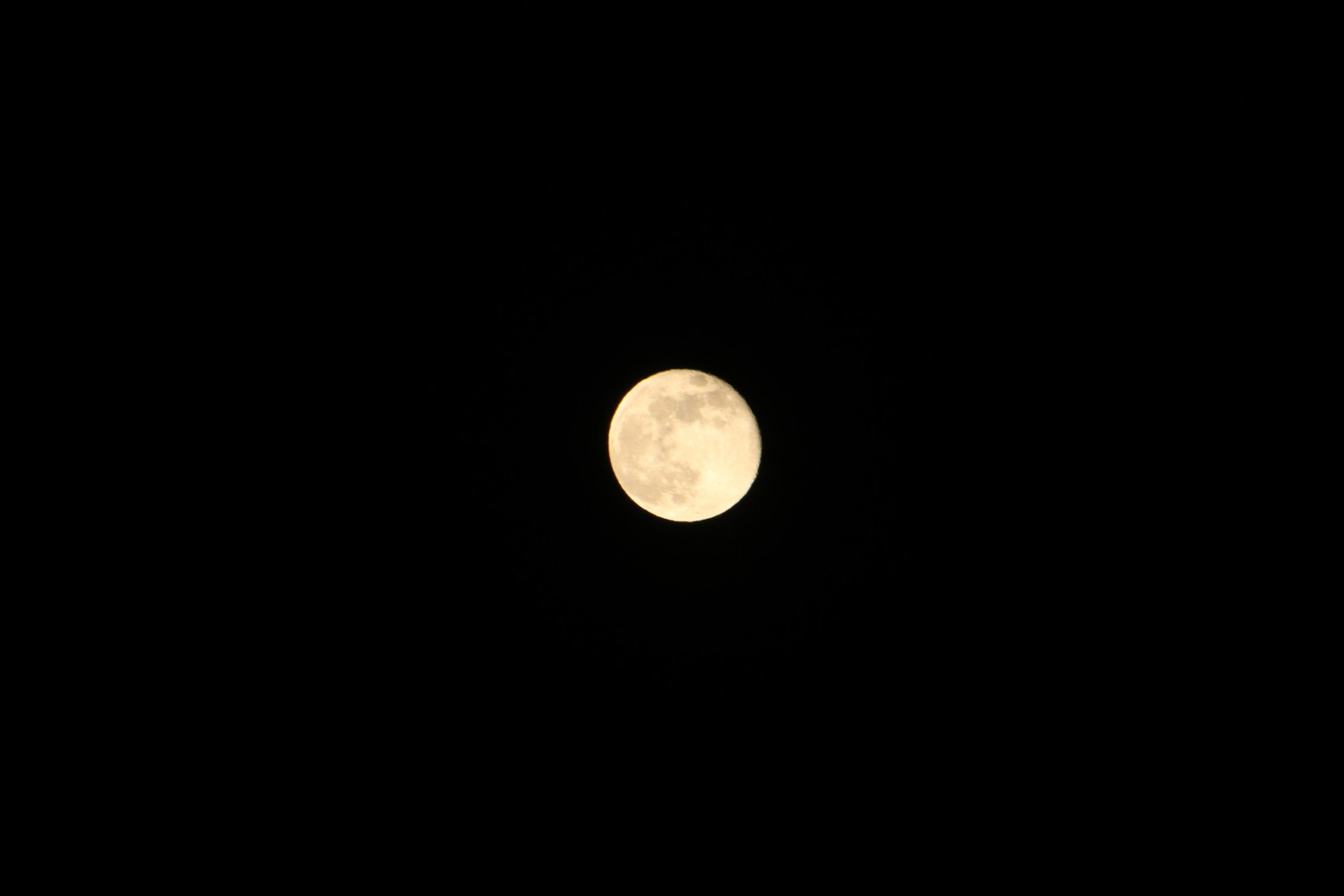October’s full moon and the first full moon of the 2022 autumn season arrives Sunday evening, Oct. 9, at precisely 4:54 p.m. EDT.
Unfortunately, the moon will still be below the horizon at that exact moment in the U.S., but it will still appear full at moonrise later in the evening close to sunset.
This full moon could even take on an orange hue since it’ll be peeking over the horizon at about the same time the sun is setting, and the coloration couldn’t be more perfect for the fall season.
Plus, this full moon will appear slightly larger because it’s closer to the horizon.
It’s not a supermoon. The last one of the year occurred in August.
Instead, the moon will only appear larger because of the moon illusion — a phenomenon where celestial objects look bigger when they’re closer to the horizon.
The October full moon is usually known as the Hunter’s Moon, and it always follows the Harvest Moon, which is the full moon closest to the autumnal equinox. But the Hunter’s Moon has also been called the Blood Moon, Sanguine Moon and Travel Moon.

According to the Farmers’ Almanac, October’s full moon earned its name because it coincides with the fall hunting season — a time to store up meat for the long winter ahead.
The names Blood Moon and Sanguine Moon for the October full moon likely refer to the changing colors of the leaves in the fall season, while the Travel Moon name possibly derives from the migration of birds and other animals preparing for winter.

October 2022’s Full Moon Occurs Ahead of Fall’s Most Famous Meteor Shower, the Orionids
Peak viewing for the Orionid meteor shower arrives almost two weeks after the October full moon.
The Orionids officially started Sept. 26 and last through Nov. 22, but the number of meteors streaking across the sky will peak on Oct. 20 and 21.
This is great timing for skywatchers because the moon will be in the waning crescent phase, a mere sliver of the full moon we can expect to see glowing in the sky early in the month.
The darker skies will make it easier to spot between 10 and 20 meteors every hour.
The best time for viewing the Orionid meteor shower is between midnight and dawn, with the easiest viewing happening around 2 a.m. That’s because the meteor shower’s radiant point — where the meteors appear to originate — will be highest in the sky at that time.
To find it, look to the southeast and find the Orion constellation, which is most recognizable by the three stars that make up the constellation’s “belt.”

The Orionid meteors we see every year come from Halley’s Comet, which orbits the sun every 76 years.
Earth’s orbit crosses the path of this famous comet every year in late October, and when it does, we can see the dust particles left behind in its path.
As we move deeper into fall and closer to winter, the nights continue to get longer, making for better nighttime viewing in the skies.
Follow Meteorologist Jason Meyers on Twitter or watch one of his entertaining and educational YouTube videos.
This story originally appeared on Simplemost. Checkout Simplemost for additional stories.



